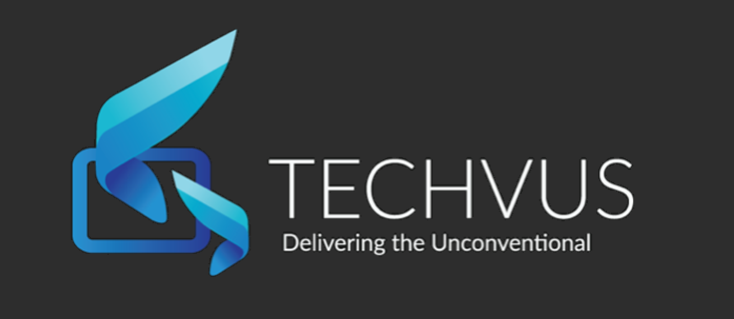Perspective
Transforming what you do
Technology is disrupting today’s business models and creating tomorrow’s – what should be the approach towards digital transformation and technology?
Digital Transformation
Technology is disrupting today’s business models and creating tomorrow’s. Digital transformation offers opportunities for every organisation a new subject to offer – should we think boldly and act swiftly?
Embrace change and transform your business with the right IT vendor to implement the new ways of working, exploit technology and deliver real-world advantage across your organisation is utmost important in promoting the success of digital transformation.
In Techvus, we believe digital transformation is a journey – where we explore how to get businesses ready for the changing future.
Innovation. Experiment.
Digital transformation can only thrive and success in an organisation that has a culture that supports innovation. What does it mean in practice?
Imaging you are an innovator that has idea for something new and it requires time and resources to try, experiment and figure out what has work and what failed to work. In order to improve it, we need to try it again over numerous experiments.
Innovation is a sequence of experiments that allows the innovator to learn and improve so that we see through a fruitful digital transformation.
What are the elements of an innovation culture?
What are the prerequisite of a successful digital transformation project?
Room for experiments - We start projects we do not know the end results and whether it will succeed. We have to go through the learning curve and understand what we are actually aiming for – the room for learning and improvement. Organisation should not punish individual who has failed a project – and people will stop experiment and not learn.
Knowledge sharing – We are not a sole inventor in a closed environment. An organisation with many employees should ensure knowledge and experience are shared. Same experiment may occurred in another location achieving the same outcome – thus waste of time, energy and money.
Resistance to change – Innovation means things will be done differently. Low resistance of change is important to enable innovators. Undoubtedly resistance to change occurs at all levels of an organisation – pushing people out of comfort zone, efforts to review and evaluate existing rules and regulations, potential budget overflow and risk to lucrative year-end bonus. Opportunity and reward can only be realised if the resistance to change is managed.
Collaboration – Innovation cannot be done by one single organisation. Innovation crosses organisation’s boundaries and domains. Collaboration with other companies whether vendors and suppliers, start-ups or business partners – capabilities, knowledge and experience of different domains is much needed to create and execute a project. Organisation should not be afraid to open up and discuss ideas openly.
Diversity and inclusion – Combine different perspectives, backgrounds and expertise – people from different background may produce better and well-covered ideas against complex scenarios. Moreover, involving people may encourage participation, execution and lower resistance to change.


